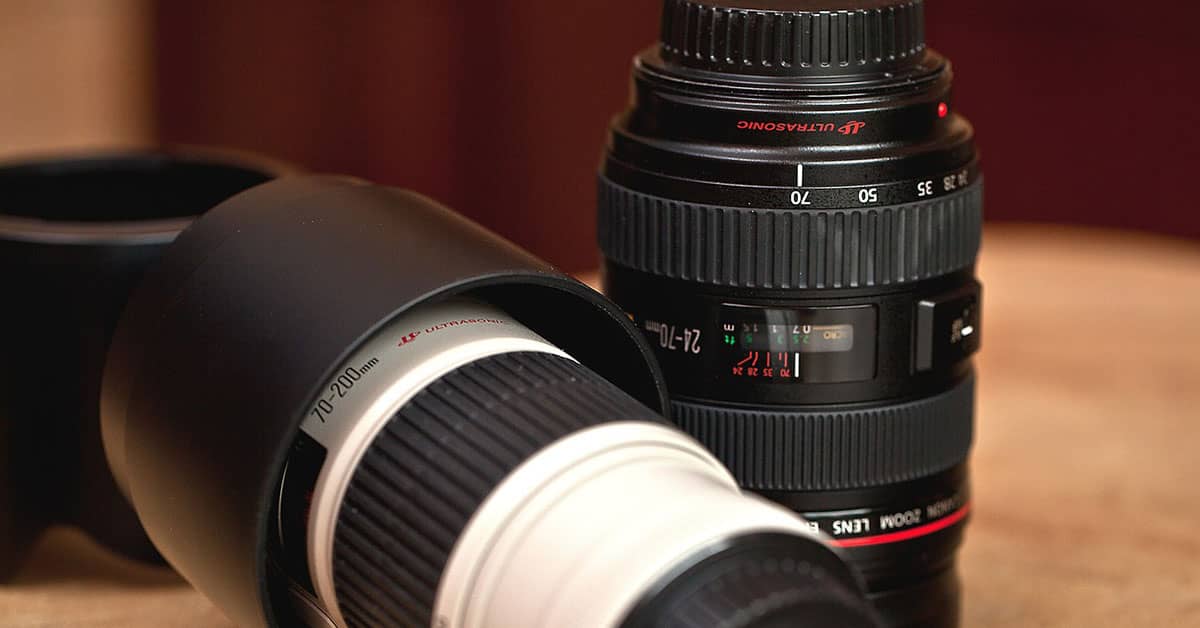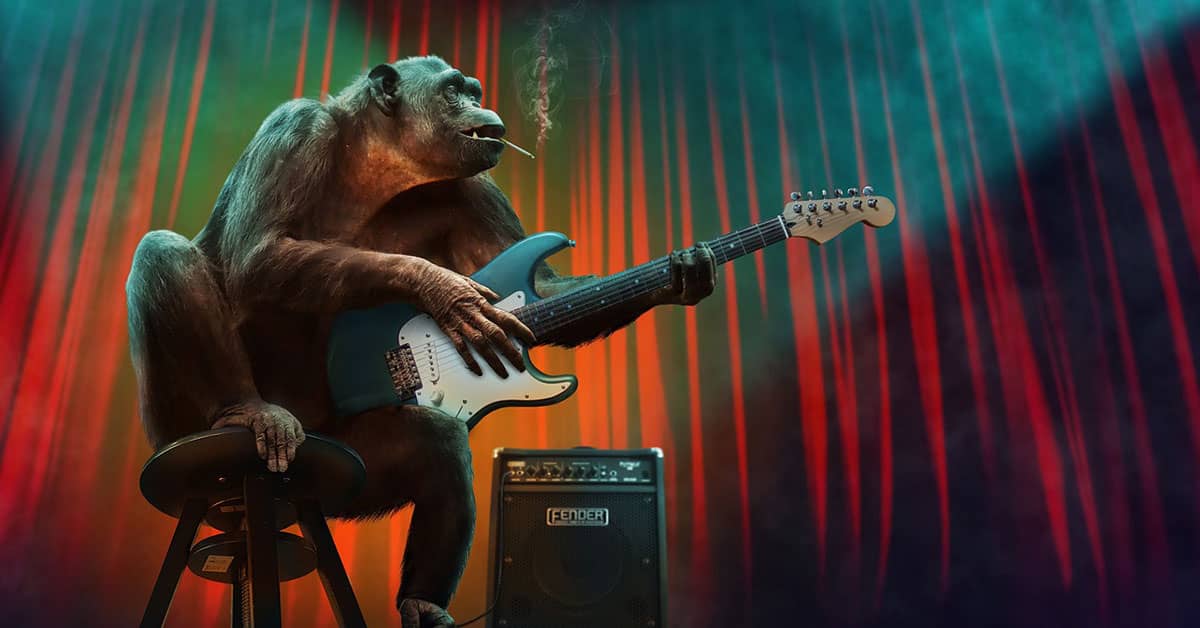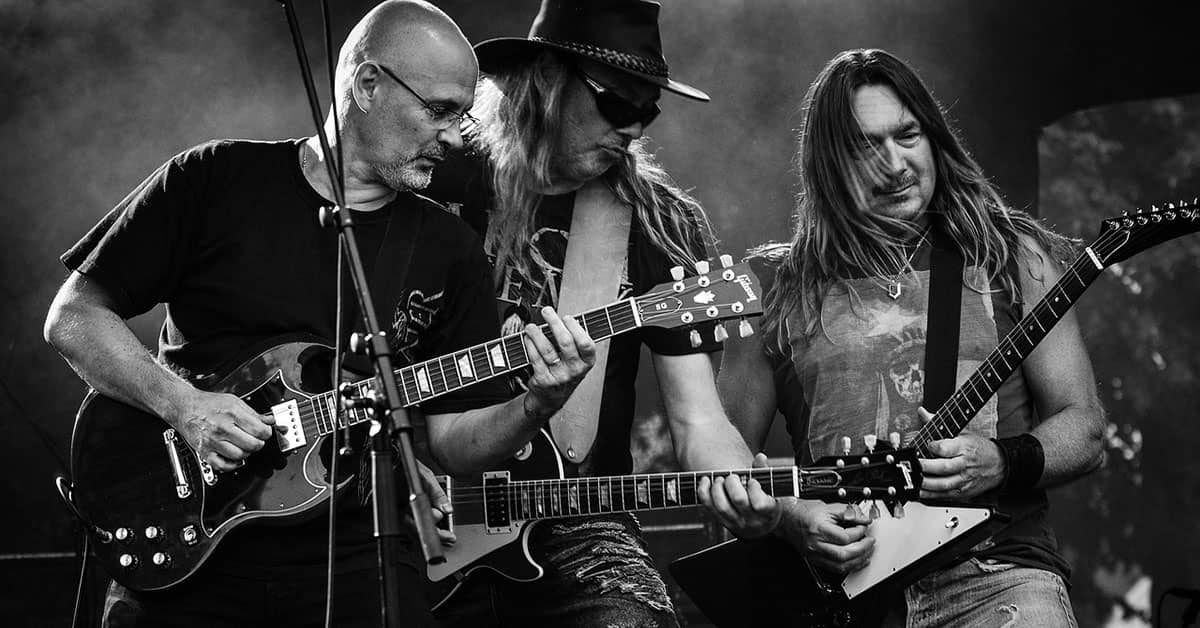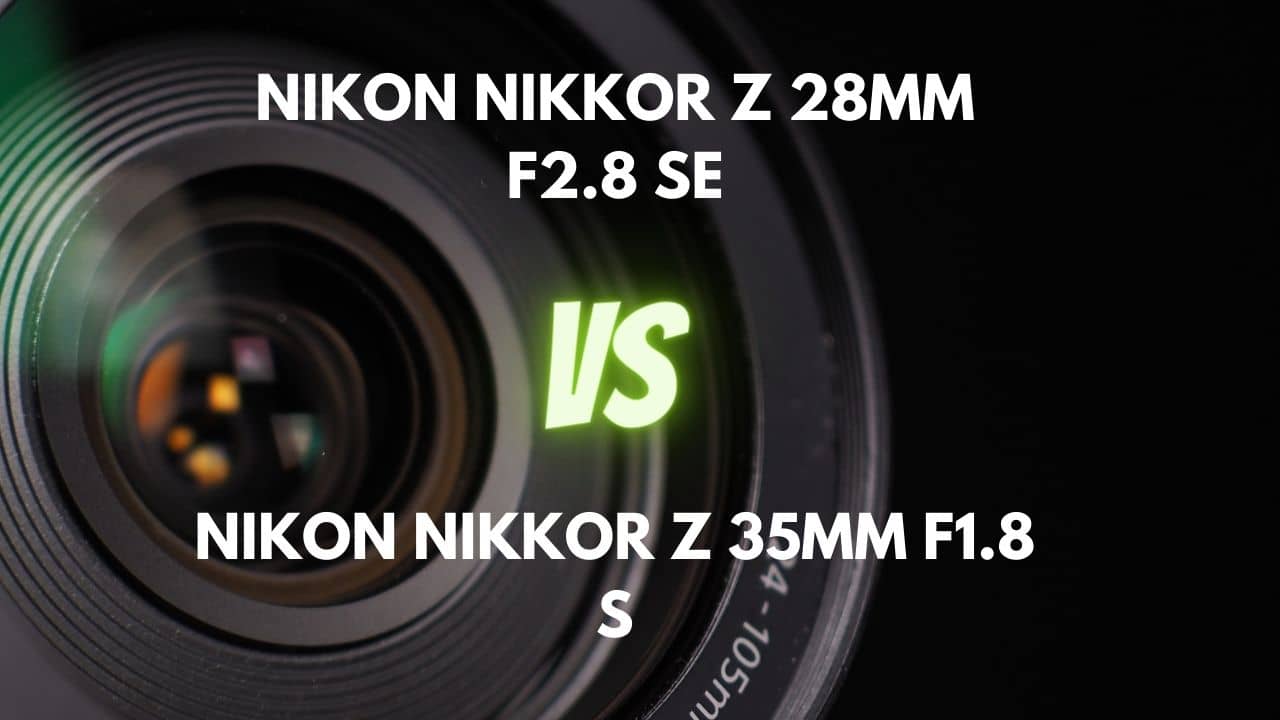The D7500 is a budget semi-pro DSLR from the Nikon stable. It’s powered by a 20.9-MP DX-format CMOS sensor and is paired with an EXPEED 5 image processor.
The camera can churn out large fine JPEGs the size of 5568 x 3712 pixels and shoot UHD/4K videos at a maximum frame rate of 30 fps.
Additionally, it can clean output 4:2:2 8-bit 4K/UHD footage to an external recorder. It has a built-in stereo microphone and a pop-up flash and comes with Wi-Fi and Bluetooth connectivity, ensuring.
Mind you. However, the sensor underneath the hood is a crop unit; therefore, the D7500 will lose out to a D600 in terms of low-light performance.
In this discussion, however, we’ll look at the best lens for Nikon D7500. Even the best camera is useless until you’ve paired it with a good lens. Magic always happens in the lens; therefore, the glass is more important than the camera behind it.
Is D7500 good for photography?
The D7500 sits at a beautiful price point, making it a very lucrative proposition given the long line of features that the camera offers and the price tag, making it an excellent decision to buy.
The D7500 is a formidable shooter. It has a little bit of everything to satisfy a broad spectrum of photographers. It’s powered by a 20.9-MP sensor which captures large enough frames.
Powered by the EXPEED 5 image processor, it can process those files faster. It offers an eight-fps continuous shooting speed with full autofocus and auto exposure for 100 frames before the buffer overruns.
The camera is reasonably good for shooting wildlife and sports photography for someone who has just started.
The native ISO of the camera ranges from 100 to 51200. However, no one will shoot at ISO 51200 because those ranges are ridiculously high for any meaningful imagery.
The camera offers excellent image quality in RAW and JPEG formats, superior handling, and superb video capabilities. Though I must mention that the D7500’s video features are not the same as that of the D780, a camera I consistently rate higher than the D7500 in terms of video performance.
Best Wide Angle – Sigma 18-35mm F1.8
Pros
- A fast constant aperture of f/1.8 across the focal length.
- The focal length offers excellent scope for a wide range of photography.
- Superb suppression of ghosting and flares.
- Chromatic aberrations and color fringing are well suppressed.
- Spherical aberrations are also well suppressed.
- Produces decent background blur thanks to the 9-blade aperture diaphragm.
- Optimized for the DX-format camera, ideally suitable for the D7500.
Cons
- It is a hefty lens for such a compact optical zoom.
- Does not have image stabilization built-in.
Let’s clear a myth: although it says 18-35mm, this lens does not cover that precise focal length when mounted on an APS-C camera like the D7500, the sort of camera it’s designed for.
The effective focal length comes down to 27-52.5mm. However, even that focal length is helpful for everyday photography, street photography, group shots, landscape, and stuff.
But you wouldn’t be able to shoot excellent portraits the sort you can with an 85mm f/1.8. Long story short, there are limitations to what this lens can and cannot do. Stay within the limitations of the lens’ capabilities, and it will give rich dividends.
Best Telephoto Lens – NIKON 55-200mm f/4-5.6
Pros
- Effective focal length is 82.5-300mm offering decent optical zoom.
- Very quiet and superb autofocusing.
- Built-in image stabilization ensures shake-free, steady imagery.
- One of the more inexpensive lenses to boot.
Cons
- The aperture drops from f/4 to f/5.6 when optical zoom goes all the way.
- Build quality isn’t up to the mark.
This inexpensive lens to boot is often offered as a kit lens with some mid-range DSLRs like the D7500. You can usually get this lens as a part of a dual kit lens pack where the other lens is 18-55mm making this a perfect foil for the shorter focal length lens.
I don’t particularly appreciate that the lens’s maximum aperture drops from f/4 to f/5.6. That means your camera will struggle when you’re zoomed in at 200mm (or 35mm effective of 300mm), especially if it’s a low light situation.
This is a handy lens for someone on a budget because it gives you a long optical zoom. It covers the essential portrait focal lengths and even allows you to indulge in wildlife and sports photography.
Best Prime Lens – Nikon 35mm f/1.8
Pros
- The effective focal length is 52.5mm on the D7500.
- A maximum aperture of f/1.8 allows a lot of light to enter the camera.
- Quiet and accurate autofocusing lens.
- Lightweight lens, easy to lug around.
- Excellent suppression of chromatic aberrations and color fringing.
- Flares and ghosting are well suppressed.
Cons
- There is no image stabilization on this lens.
The best thing about this lens is that it’s optically very sharp and ergonomically perfect. The fast f/1.8 aperture gives you a lot of light to work with when you’re working in dimly lit conditions.
This lens is optimized for the larger image circle of FX-format cameras. When mounted on the D7500, the effective focal length becomes 52.5mm, which makes the angle of view slightly tighter than the 35mm lens.
Best Zoom Lens – Sigma 50-150mm f/2.8
Pros
- Effective focal length becomes 75-225 when mounted on the D7500.
- Optical image stabilization is built-in, offering steady shots.
- Multi-layer coating suppresses flares and ghosting.
- A constant aperture of f/2.8 across the focal length captures a decent amount of light.
- HSM autofocusing motor offers steady and accurate autofocusing.
- Six SLD glass ensures chromatic aberrations are almost missing on the lens.
Cons
- The lens consistently fronts focus when tested, and the results are a little softer.
- I noticed a bit of vignetting when shooting wide open at f/2.8
This versatile optical length covers most of the portrait focal lengths and the 50mm prime. But it’s to be remembered that the lens is designed for FX-format cameras; therefore, on a D7500, which is a DX-format camera, the effective focal length becomes 75-225mm.
Best All-In-One/Travel Lens – Tamron 18-400mm f/3.5-6.3
Pros
- Excellent focal length range of 18-400mm
- Built-in image stabilization for steady shots.
- Lightweight for a super-telephoto lens.
- Moisture-resistant construction.
- This upgraded version of the lens has better ergonomics.
Cons
- The aperture drops to f/6.3 when the lens zooms, meaning issues when shooting in low light.
This lens is designed for DX-format cameras; therefore, the crop factor applies to the focal length. The effective focal length becomes 27-600mm making this a super telephoto lens.
At the price that you pay for this lens, this is an incredible value for money because it gives you an excellent zoom range. And then, the lens is image stabilized, ensuring that you capture steady photos even when the lens is fully zoomed in. Additionally, the lens is moisture resistant in construction, which means it should be unaffected by the drizzle.
Best Landscape Lens
Wide-angle lenses dominate the best landscape lenses. This is because wide-angle lenses offer a larger angle of view, which helps capture a greater slice of the scene.
Landscapes are typical compositions of vast sweeping vistas and are best captured with a wide-angle lens. A standard landscape lens is anything between 35mm and 10mm.
Anything less than 8mm could also be used, but ultra-wide angle lenses tend to suffer from barrel distortion. Also, when you get into such focal lengths, you’re getting into the fish-eye lens domain.
We have picked three of the best landscape lenses in this discussion. These lenses have a focal length between 10mm and 20mm. These lenses are Sigma 10-20mm F3.5, Nikon 10-24mm F3.5-4.5, and Sigma 10-20mm F3.5.
We also have the Sigma 18-35mm F1.8 on this list. The last of these lenses offer a greater focal length range and, therefore, more flexibility.
Best Portrait Lens
The best portrait lenses range between 85mm, 105mm, and 135mm. However, if you know what you’re doing, you can also shoot great portrait photos using a 35mm and a 50mm lens.
The exciting thing about crop cameras like the D7500 is that when you consider the crop factor, 50mm lenses become 75mm and become effective for portrait photography.
Even the 35mm becomes useful because the effective focal length of 52.5mm gives you around the same angle of view as the human eye; therefore, you get to shoot what you see.
In this detailed discussion of the best portrait lenses for the D7500, we have shortlisted the 85mm f/1.8, the 35mm f/1.8G, and a bunch of 35mm prime lenses, including one third-party and two OEM Nikkor lenses.
While the 85mm is a great optic and arguably the best portrait lens that Nikon makes, the 50mm and the 35mm are essentially designed for full-frame cameras; therefore, the focal length becomes the equivalent of 75mm and 52.5mm.
Best Wedding Lens
Wedding lenses should be chosen with the single objective of documenting an event. There is little chance of capturing artistic photos during the event.
As a wedding photographer, you aim to capture everything around you and ensure you don’t miss out on the day’s best moments. You need versatile lenses that offer fast aperture and give you the leverage of a zoom focal length that takes you close to the action whenever you need to.
Zoom lenses are the best (without prejudice to prime lenses) because they offer a range of focal lengths in a single body. The best kinds provide a single fast aperture across the focal length.
We have shortlisted these three lenses – Sigma 50-150mm F2.8, Sigma 17-50mm F2.8, and Tamron 70-200mm F2.8. All these three lenses have a constant aperture of f/2.8 across the focal length, and they’re all zoom lenses.
The 70-200mm is my personal favorite. I also like the 17-50mm, which offers an excellent focal length range for shooting group shots, and cinematic wide-angle captures with an excellent shallow depth of field.
Best Wildlife Lens
Wildlife lenses allow you to get close to your subjects without putting yourself in harm’s way. You also need the fastest aperture that you can lay your hands on.
Fast aperture lenses allow you to capture a lot of light because wild animals are often amidst thick foliage, which means low-light situations. Birds, for example. Therefore, the best combination is long telephoto lenses with a fast wide aperture.
In this discussion, we have shortlisted three fantastic lenses that will take you close to where the action is without compromising you.
The Sigma 150-600mm f/5-6.3 DG OS HSM, the Nikon AF-S NIKKOR 200-500mm f/5.6E ED VR, and the Sigma 500mm F4 DG OS HSM. Among these, the first two are budget options, and the third is expensive.
Best Birding Lens – Sigma 150-600mm f/5-6.3
Pros
- Super telephoto lens offers a 4x optical zoom from 150mm to 600mm.
- Image stabilization is built-in, and plenty of image shake correction.
- This is a dust and splash-resistant construction offering protection against the drizzle.
- The oil-repellant coating on the lens’s front element makes it easy to clean.
- Decent suppression against chromatic aberrations and color fringing.
Cons
- The maximum aperture drops from f/5 to f/6.3 as the lens zooms.
- The default image stabilization mode isn’t as effective as it promises.
This budget super-telephoto lens offers a fantastic focal length range. This lens is designed for full-frame cameras. With the crop factor applied, the lens reaches an even longer focal length from 225mm to 900mm when mounted on the D7500. The lens has many things going for it and offers much value for money.
This is a weather-resistant construction and should be able to withstand a drizzle. The lens has been constructed of thermally stable composite material, which ensures that the lens remains unaffected by severe weather changes.
I noticed that the default image stabilization mode isn’t as effective as it promises. Only when you switch to Moderate view mode would you get decent image stabilization.
Best Macro Lens
The D7500 is an excellent macro shooter paired with the right glass. Macro lenses are designed to reduce the minimum focusing distance so that you can take a camera very close to the subject and capture an image that’s 1:1 or life-sized.
We have tested a few lenses and have selected these three to be the best for the D7500. These are the Nikon AF-S VR Micro-Nikkor 105mm f/2.8G IF-ED, the Sigma 105mm F2.8 EX DG OS HSM Macro, and the Laowa 100mm f/2.8 2X Ultra Macro APO.
Among these, the Nikon AF-S VR Micro-Nikkor 105mm f/2.8G IF-ED is a personal favorite. This is one of the best macro lenses in the business and gives the ideal focal length, performance, and price combination.
Best Video Lens
The D7500 is one of the best budget semi-professional cameras around. It’s an excellent choice for many genres, including but not limited to shooting videos. It shoots 4K/UHD videos at a maximum frame rate of 30 fps.
To pair with this camera, you need an excellent video-shooting lens. We have looked at several options in this discussion on the best video lenses for the Nikon D7500.
Among these, the 18-55mm f/3.5-5.6 is a very inexpensive lens designed for the smaller image circle of crop DX cameras.
The Tamron 17-50mm f/2.8 is an even better lens considering that it has a fixed aperture across the focal length, which helps to prevent visual jerks when you’re changing the focal length. We have also included a bunch of Rokinon’s cine prime lenses, including the 24mm, 35mm, 50mm, and 85mm.
Best Astrophotography Lens
Astrophotography is a very demanding genre of photography and heavily depends on fast lenses, excellent suppression of aberrations and coma, and excellent handling.
The D7500 is a decent camera for astrophotography. There are a bunch of lenses that you can use to shoot excellent astrophotography with this camera.
In this discussion, we have discussed the likes of the Tokina AT-X 14-20mm F2 PRO DX, the Sigma 30mm F1.4 DC HSM, the Nikon AF-S DX Nikkor 35mm f/1.8G, and the Sigma 18-35mm F1.8 DC HSM.
All of these lenses have a fast aperture, and the Tokina and Sigma 18-35mm have constant f/2 and f/1.8 apertures across their focal length. That means when you change the frame by zooming in or out aperture does not drop, and there is no adjustment necessary for the exposure.
All these three lenses offer a wide angle of view, with the Tokina offering the widest angle of view of the four lenses in question.
Conclusion
If you’re planning on buying the D7500 or at least have it on your short list of cameras to test before you make up your mind, you must also be looking at possible lenses to buy. Without the right lens, your D7500 is a lighttight box with a hole.
In this discussion, we have covered all the lenses you will require to shoot with. We have covered wildlife lenses, lenses for astrophotography, macro, wedding, and portraits, among many others.
Hopefully, this discussion covers all the lenses you would ever need for photographing with your D7500 and a few more. If you feel that we have missed out on a lens or two or you’ve a few recommendations, let us know, and we can include them in this list.
Happy clicking!






